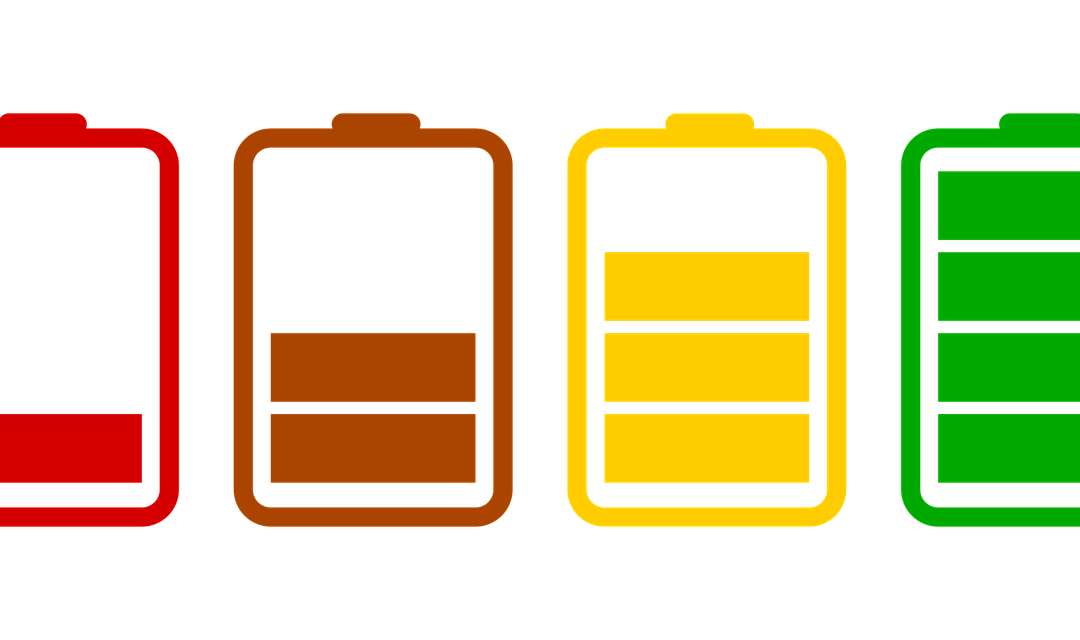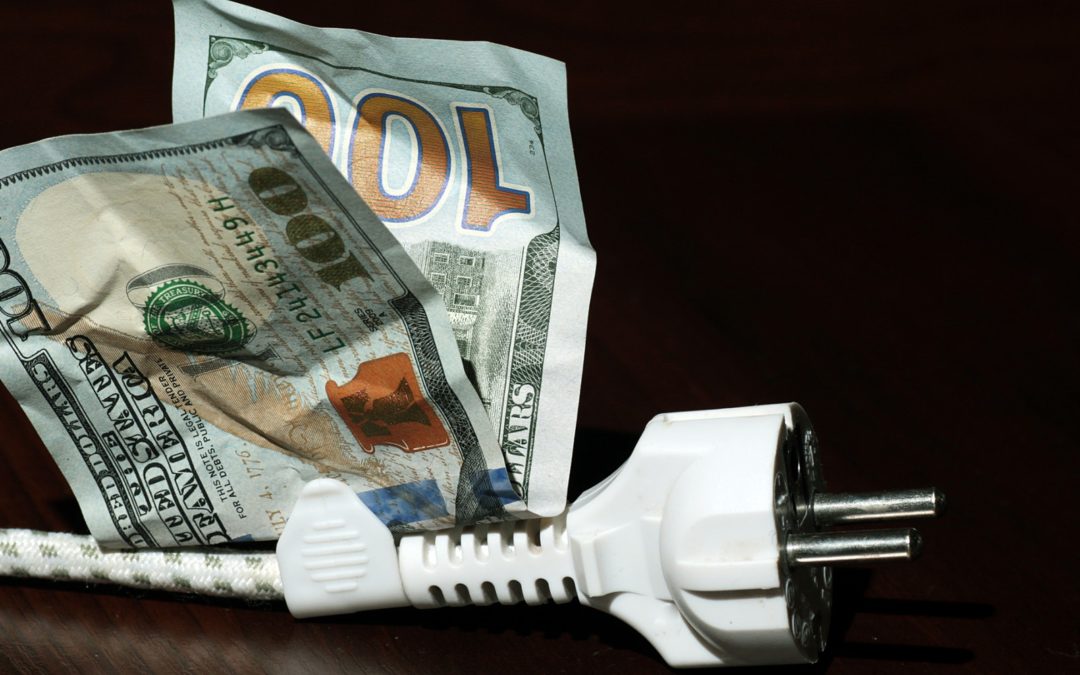There were many groans when Elon Musk did not come forward with a big blockbuster announcement like the 500 Wh/kg battery at under $100/kWh capacity. But that reaction misses the point. Tesla has made a number of substantial pivots in its battery design that are setting the stage to reach the blockbuster stage faster than most expect.
When Tesla announced its Nevada Gigafactory (>1 GWh in the capacity of the batteries produced per year), my immediate reaction was: “Oh no, his factory will be obsolete the day it opens”. That was because he chose a battery size, electrolyte type, and chemistry that were solidly conventional (with all its flaws) on the day the announcement was made but overlooked how fast battery technology was improving. In the three years, it took to get the Gigafactory humming, much better batteries were becoming available.
Here was what I missed: Tesla did not know much about building batteries. They had to learn and took a low-risk approach by building a well-known battery with dozens of suppliers to support it. In doing so, it could avoid making battery packs the limiting item in EV production. Turns out that was brilliant. And it allowed them to do some other stunts like the PowerWall.
Now that Tesla has learned the battery-building process (in record time probably), it can step out and build the next generation of batteries and battery packs faster (and better) than anyone else. Most people at Battery Day likely didn’t appreciate this advance. The downside for Tesla is that they likely bought millions of dollars of equipment they now don’t need.
One example was the initial use of the spiral-wound, sort-of-AA size batteries. Tesla was eloquent about how that was the right solution when anybody in battery R&D knew that was baloney. The spiral-wound battery was a holdover from its use in zinc (acid) and nickel (alkaline) cathode batteries. Li-ion batteries have much less conductive material and so have a lot of internal resistance, leading to heat build-up during charging. The result is the slow charge and discharge rates of Li-ion batteries (such as 1/6th of the battery capacity per hour). Other battery shapes mitigate this problem, but Tesla disregarded those.
Musk announced they are now moving to a much larger cylindrical battery (the size of the old dry cells with screw posts on the top—am I the only one who remembers these?) without the single tabs. Instead, Tesla has come up with windings that look like overlapping shingles and have multiple connection points. They call them “tabless” cells. These have significantly lower internal electrical resistance so that they generate much less heat leading to lower cooling requirement. And they have higher power density and faster recharge rates. Now Musk says that anyone that does not use this format will not be competitive in EVs. So much for the little batteries being the ideal choice. Head fake!
Among other changes were:
- Substituting dry powder electrolytes for the conventional wet paste, cutting manufacturing costs, and reducing processing steps substantially.
- Eliminating processing of raw materials for the cathode
- Using a nickel cathode for higher capacity
- Redesigning the structure of the battery pack and the vehicle frame to reduce weight and complexity
The net result of all the changes is an expected 56% drop in cost/kWh in battery capacity and an increase in factory output to 1 TWh per year (making it a Terafactory rather than a Gigafactory). They hope to reach 200 GWh per year by 2020. Tesla’s target is to have a $25,000 EV with a good range in three years, leveraging all they are achieving.
If you want to learn more, here’s a good article and a short YouTube video. And the whole presentation via YouTube is here.
We had blogged on even bigger advances Tesla has underway for its batteries, but for now still in the shadows.











